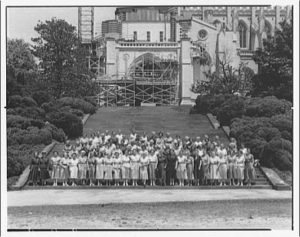Origins
Students who casually wandered through the quad on March 24, 2000 were in for a surprise. Twelve Syracuse University students were riding around mostly naked (some in underwear) on various mountain bikes, covered only by signs. In addition to the signs, some of the riders also had written on their bare bodies in marker. Many of these students represented the Students Coalition on Organized Labor (SCOOL), a group of student activists that protested against unfair labor policies. When asked about the unique protest, Pat O’ Leary, a member of SCOOL, claimed, “We would rather go naked than wear sweatshop-labored clothes.” Due to the belief that large, powerful companies would skew the monitoring results for their own profit and benefit, students were pushing Chancellor Kenneth A. Shaw to join the Worker Rights Consortium. The WRC was and still is an independent labor rights monitoring organization. Under its watch, factory inspections are conducted at random by the consortium, and public reports are given on the consortium’s website. A main focus of the consortium is to inform the public of the true conditions of these factories, and to improve respect of workers’ rights.4 In addition, the WRC serves as an outlet where workers can explain their concerns without the fear of reprisal. Syracuse students favored the WRC because they felt that workers overseas would benefit more from the consortium as opposed to the FLA.
Other Tactics
Prior to the naked bike ride, SCOOL attempted to demonstrate in other ways. One of the first small protests they organized occurred on February 28, 2000. A homemade sign with the words “Sweatshop University” was hoisted up during a men’s basketball game in the Dome, fluttering in the air for all to see. Within a blink of an eye Public Safety and Dome personnel escorted SCOOL members peacefully out of the building. As a result of displaying this banner for such a minuscule amount of time, the message was not clear to fellow students.5
One month later in March, around the same time as the naked bike ride, students gathered together for an organized march and began their way to the administration building. “Keep SU Sweatshop Free, Sign on to the WRC” was chanted in unison accompanied by signs. Getting into the building was not a problem, but a barrier was soon approached. Department of Public Safety officers kept the students from handing a petition signed by 1,200 people to Chancellor Shaw. Instead the petition was ignored and discarded.6
With no further action taken after Sweatshop Awareness Week, SCOOL held a rally on October 29 at the SU School of Law to once again demand the support of the University. The rally served as a warning to the administrators that direct actions would continue to be taken, and featured guest speakers from the Student Environmental Action Coalition (SEAC) and SCOOL. Over twenty members of SCOOL preached their beliefs to students visiting SU for a New York Public Interest Research Group conference. The speeches encouraged students to begin to take action and pressure their schools to join the WRC. Floating over the crowd was a giant Chancellor Shaw head 7, as cheerleaders continuously chanted. At this point in conflict, 62 schools had already joined the consortium.
Even after the various protests, a petition that gained the support of SU’s Student Government Association, and a meeting with the chancellor, SU still did not join the WRC. Curtis Rumrill, a student activist at the time, described Shaw as uninformed about the issues stating, “He’s a really good diplomat, very good at not answering questions. He implied that sweatshops are a cultural phenomenon and asserted that we shouldn’t impose our labor standards on other cultures.” SU’s spokesman Kevin Morrow argued that Chancellor Shaw was well informed and concerned about workers’ rights claiming, “Everyone involved in the sweatshop fight agrees on the desired outcome – better working conditions. How to achieve that outcome is still being determined.” 8
On November 30 at 6:30 AM, members of the Syracuse Community Action Network (SCAN) hung a banner across Hendricks Chapel saying, “Wake up Shaw. Sweatshops are the Problem. The WRC is the solution.” SCAN members had climbed scaffolding in place for repairs on Hendricks to hang the banner. It was taken down 4-5 hours later because the group did not get permission to post it.9
Outcome
In early December 2000, an advisory board continued to recommend that Shaw not join the WRC. The majority of the 14-member panel was against joining the WRC due to “…concerns about the organization’s operating budget – $300,000 compared to the FLA’s $2 million – the group’s lack of relationship with the corporations it polices, the quality of its monitoring and its current lack of not-for-profit status.” However, the advisory board did agree to have a representative from the WRC present a different perspective at the next meeting. SCOOL was not surprised that the board was against joining the WRC, claiming that its members only cared about the money aspect of the situation.10
A few months later the advisory board gathered to make a recommendation about the WRC to Chancellor Shaw. Their final decision was surprising. The board advised that the University should join the WRC, and on March 27, 2001, Chancellor Shaw agreed. Kevin Morrow, SU’s spokesman, stated, “The decision was based upon the university’s confidence in the direction of the organization and the organization’s new leadership under executive director Scott Nova. We look forward to supporting the activities of the Worker Rights Consortium as well as the work done by the Fair Labor Association and the Collegiate Living Wage association.”11 Along with the new leadership of the consortium, publicized working conditions of a factory located in Kukdong, Mexico helped to persuade the members of the board. The WRC investigated this factory and found that, “Child labor was used and that’s in violation of Mexican Law.” Along with child labor the factory also “…admitted that they beat, called the workers names, screamed at them and did not pay them minimum wage.” Lastly, the “Workers’ right to organize was not being respected.”12 Although this factory was not currently manufacturing apparel for Nike, they had made collegiate apparel for SU in the past.
This decision made Syracuse University the 76th school to become affiliated with the WRC.13 Shaw also decided to maintain ties with the FLA. Other universities such as Boston College, Cornell University, and University of North Carolina are affiliated with both the WRC and FLA also. “The groups can and should be complimentary to one another”, stated Bob Durkee representative for universities to the FLA board of directors. Syracuse University is currently associated with both organizations.14
Notes
- Steffens, Nicholas. “Naked bike riders protest sweatshops.” The Daily Orange. 27 March 2000: Print.
- Arweiler, John. “Students continue sweatshop fight.” The Daily Orange. 22 March 2000: Print.
- “Fair Labor Association.” Wikipedia: The Free Encyclopedia. Web. 1 April 2014. <http://en.wikipedia.org/wiki/Fair_Labor_Association>
- “Worker Rights Consortium.” The Worker Rights Consortium. 2007. Web. 1 April 2014. <http://www.workersrights.org/>
- Graf, Ashleigh. “Students protest SU ‘sweatshop’ affiliations.” The Daily Orange. 28 Feb. 2000: Print.
- Auer, Holly; McKenna, Magin. “Students press Shaw.” The Daily Orange. 31 March 2000: Print.
- Arweiler, John. “Students continue sweatshop fight.” The Daily Orange. 22 March 2000: Print.
- Arweiler, John. “Students continue sweatshop fight.” The Daily Orange. 22 March 2000: Print.
- Rezsnyak, Eric. “Shaw Not Sweating SU’s Sweatshop Decision.” Syracuse New Times. 8 Nov. 2000. HighBeam Research. Web. 27 March 2014.
- Rezsnyak, Eric and Allison Self. “SU Cool to SCOOL.” Syracuse New Times. 13 Dec. 2000. HighBeam Research. Web. 27 March 2014.
- Rezsnyak, Eric. “SU Joins Anti-Sweatshop Consortium.” Syracuse New Times. 11 April 2001. HighBeam Research. Web. 27 March 2014.
- Foldes, Sharon. “Sweatshop monitoring groups confirm violations.” The Daily Orange. 26 Jan. 2001: Print.
- Ludden, Peter. “Syracuse University Joins List of ‘Sweatfree Schools’.” The Post-Standard. 5 April 2001: Print.
- Fleming, Brendon. “Committee chooses to join WRC.” The Daily Orange. 26 March 2001: Print.

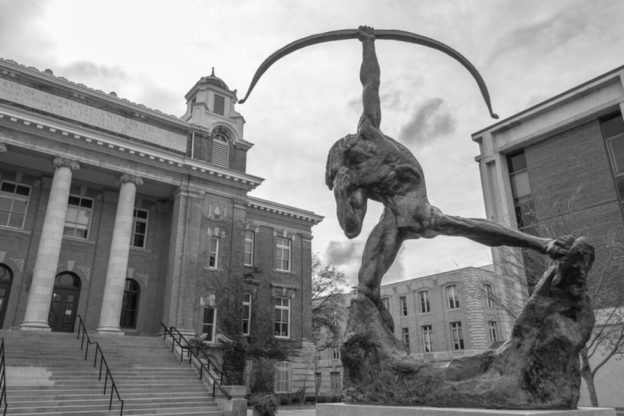
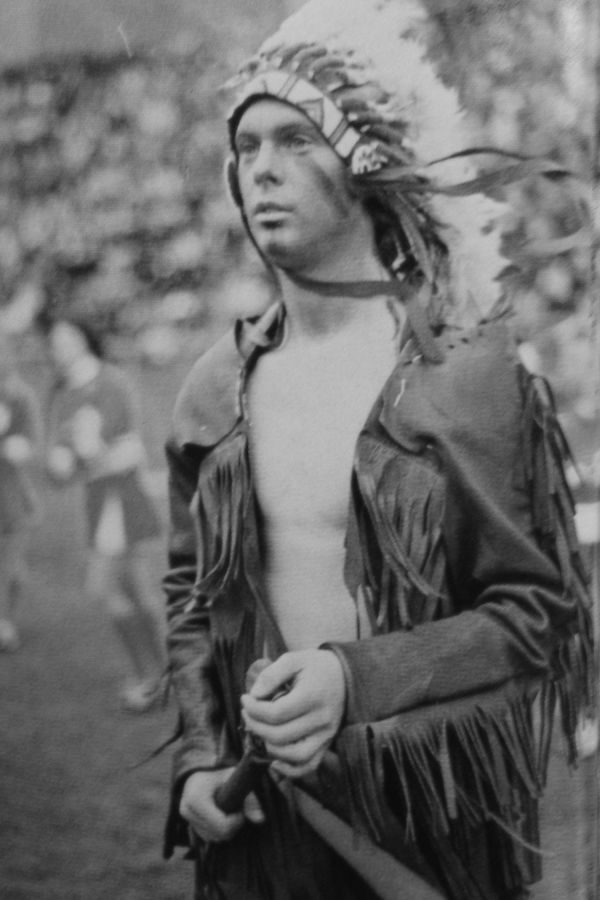
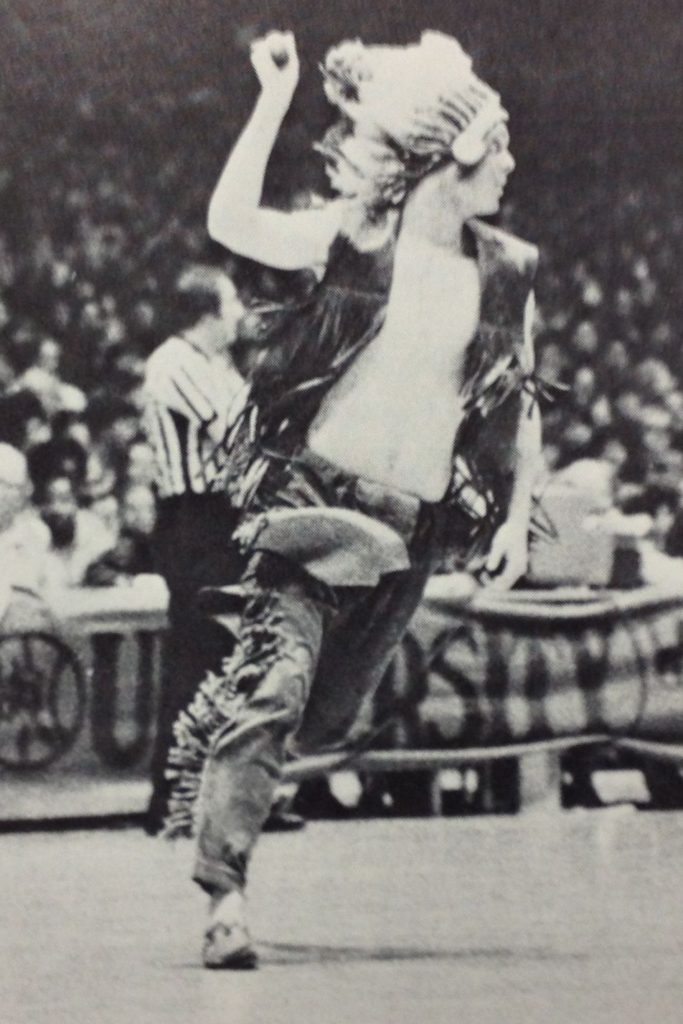 For 45 years, many people believed the legend of the Saltine Warrior was true. This was due in large part to media reports as factual by The Daily Orange, The Alumni News, and downtown Syracuse papers . “The thing that offended me when I was there was that guy running around like a nut. That’s derogatory” Lyons explained . Onkwehonweneha arranged a meeting with the Onondaga Nation Council of Chiefs and brothers of Lambda Chi in an effort to relieve tension over the mascot removal
For 45 years, many people believed the legend of the Saltine Warrior was true. This was due in large part to media reports as factual by The Daily Orange, The Alumni News, and downtown Syracuse papers . “The thing that offended me when I was there was that guy running around like a nut. That’s derogatory” Lyons explained . Onkwehonweneha arranged a meeting with the Onondaga Nation Council of Chiefs and brothers of Lambda Chi in an effort to relieve tension over the mascot removal 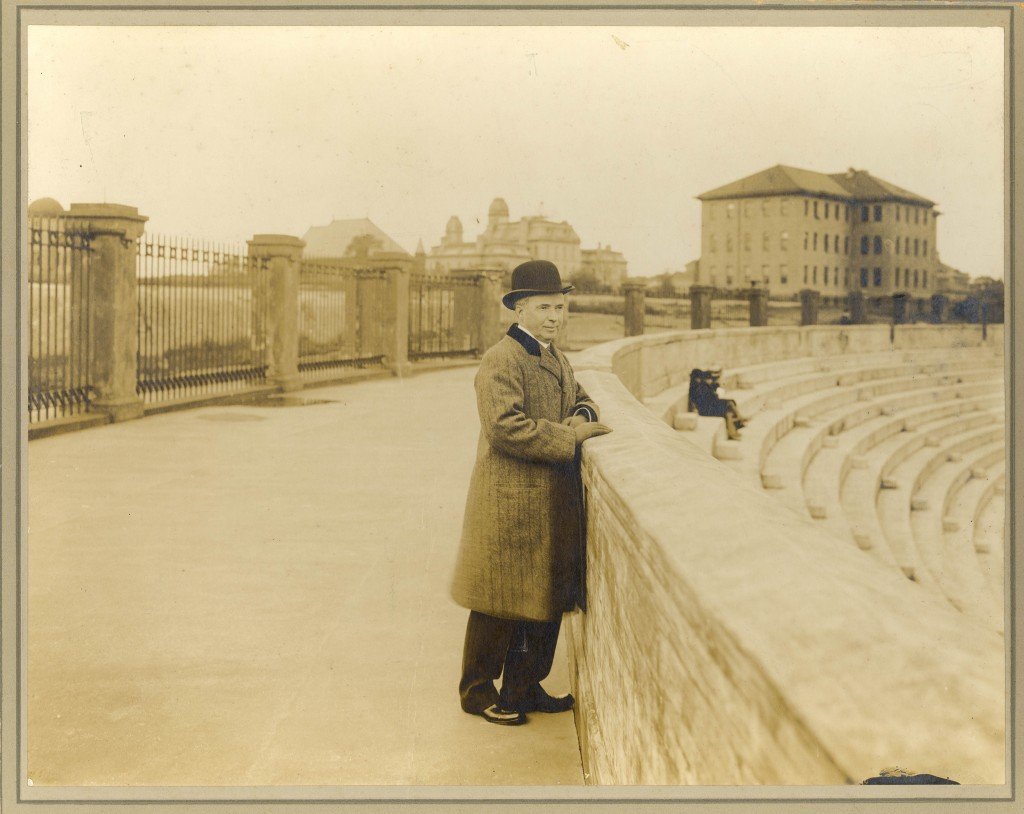

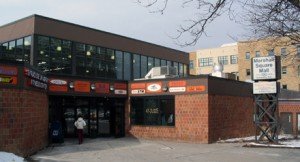
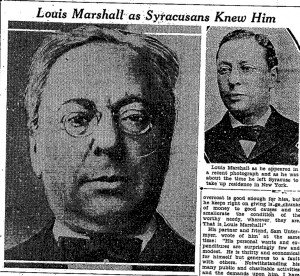
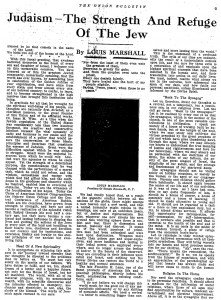 As Marshall’s death approached, he was also beginning to lose the battle at Syracuse.
As Marshall’s death approached, he was also beginning to lose the battle at Syracuse.